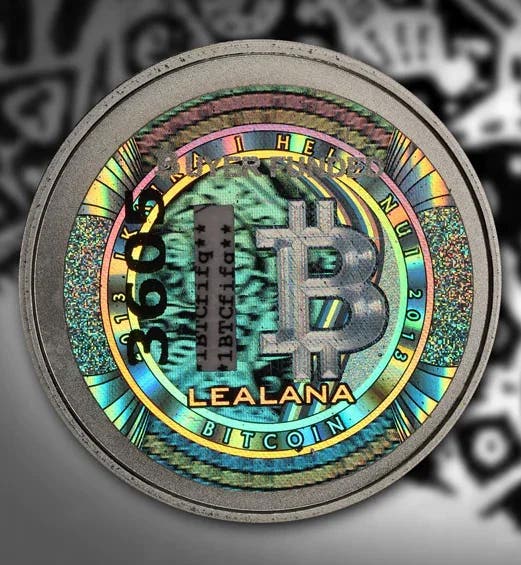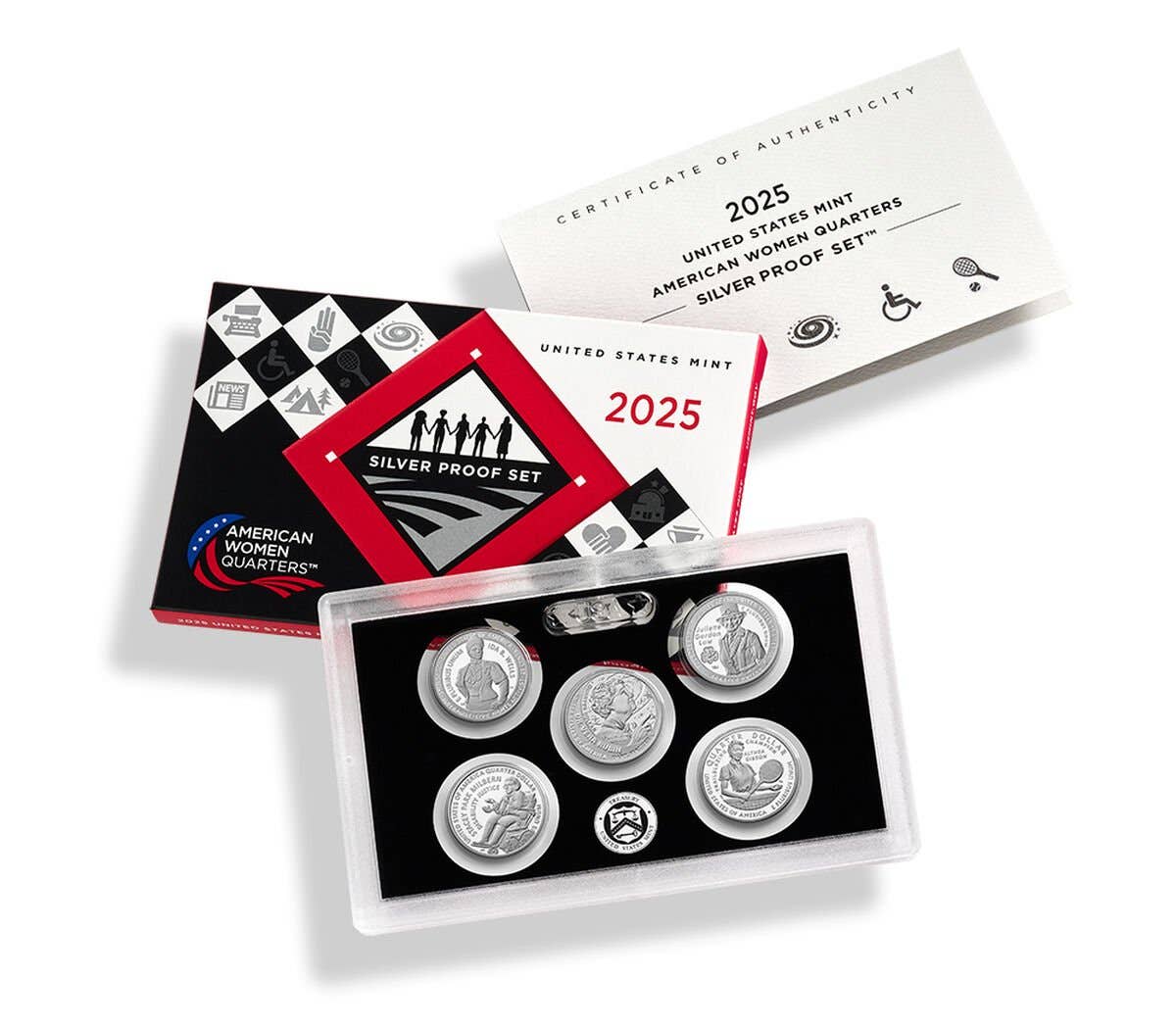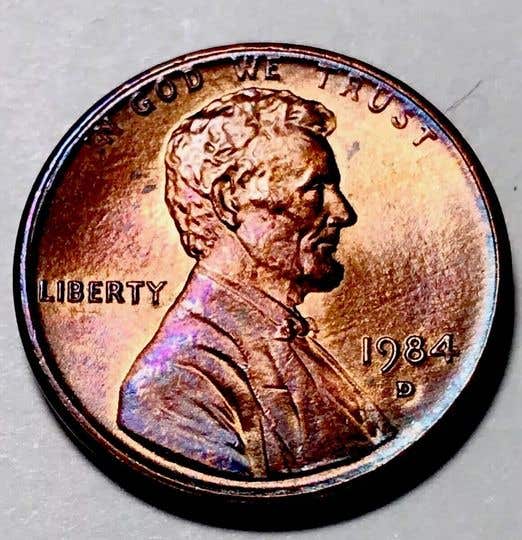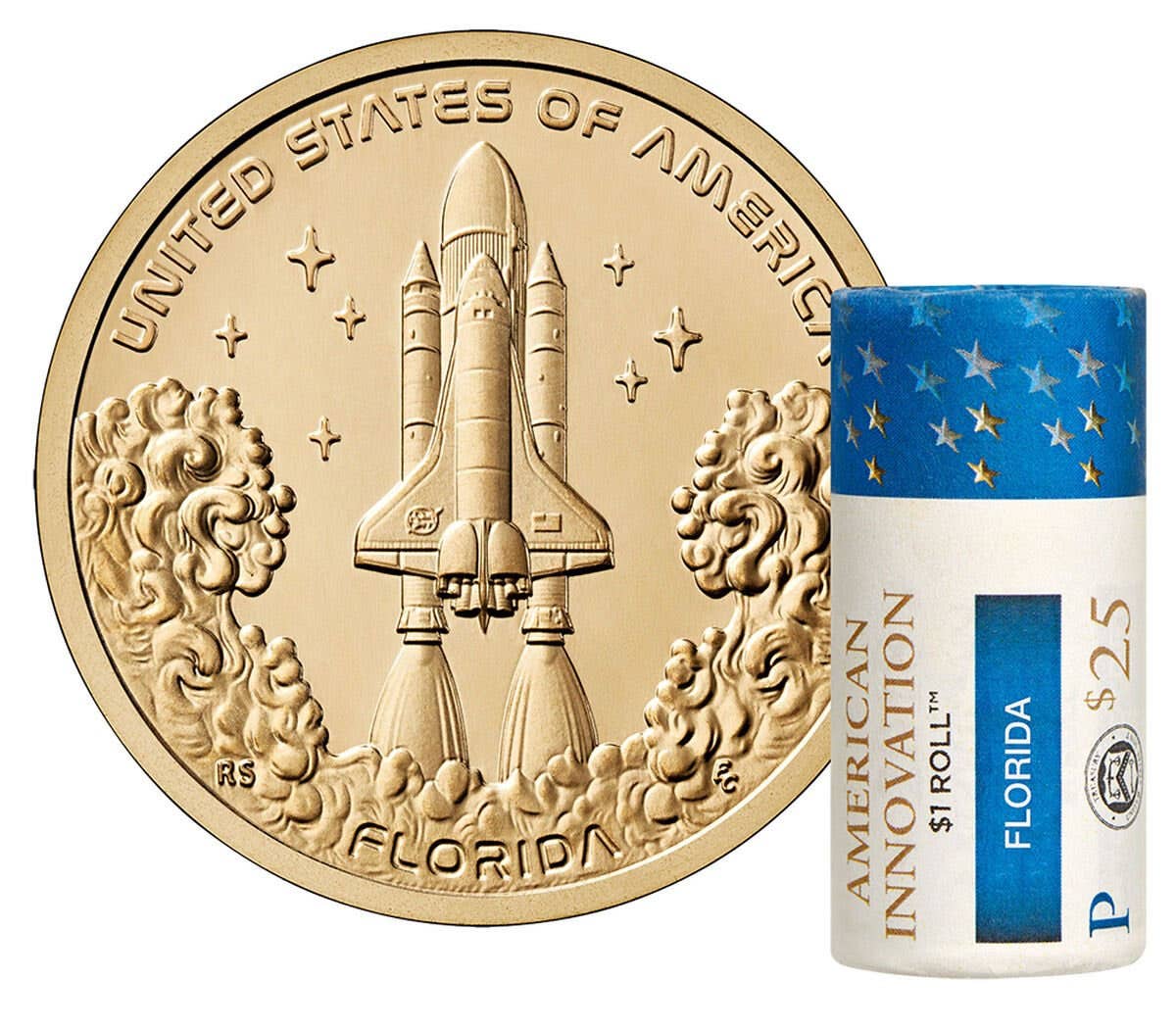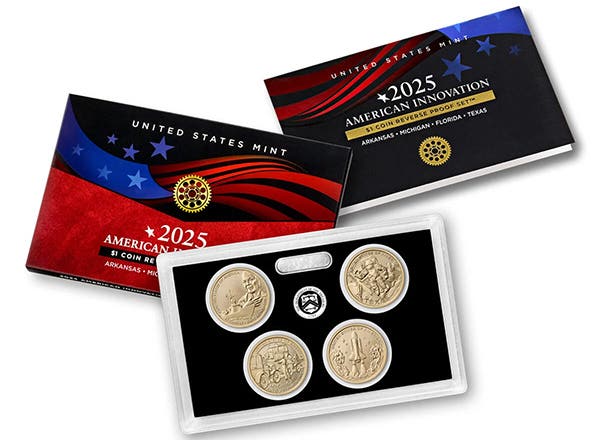Outliers Reflect Thriving Market
There doesn’t appear to be a ceiling for rare numismatic objects. The prices realized at auction for truly rare U.S. coins may appear to be going through the stratosphere, but…
There doesn’t appear to be a ceiling for rare numismatic objects. The prices realized at auction for truly rare U.S. coins may appear to be going through the stratosphere, but it will likely be a while before they surpass the staggering price of $103.5 million recently realized by Heritage Auctions for Dmitri Muratov’s Nobel Peace Prize gold medal. The money paid for the medal will be donated to child refugee charities by Muratov, who won the award in 2021 for freedom of expression. Medals may be a specialized field within numismatics, but Nobel Prize medals are an even more specialized area. But, then again, a 1913 Liberty nickel is more than a trophy coin, it is part of a specialized area of numismatics as well. Politics rather than numismatics may have set the price for this medal, but who says this will become an isolated event? A U.S. Medal of Honor has been sold outside the country and Olympic medals have been sold by the families of the recipient. And, what about the equivalent of $975,057US realized for a recently auctioned unique Canada $2,500 face value 1-kilo platinum coin on which diamonds from the Argyle Mine have been set. Is this coinage, jewelry, fine art, or does the coin fall into each of these categories? Don’t trivialize the 1933 $20 Double Eagle that realized $18.9 million or the 1794 Flowing Hair silver dollar that sold for $12 million. For that matter don’t trivialize the prices U.S. coins in general are achieving. The market for coins is thriving, be they bullion, generally available but collectible, or if they are the cream of the crop.




